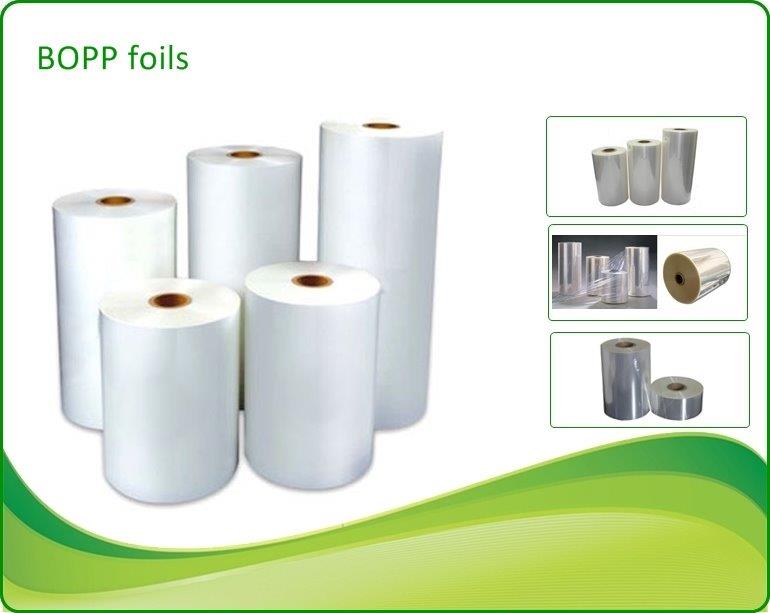More and more polypropylene represents the leading material for foil production and it constantly takes over the role from cellophane, metal foils, papers and other materials that were used in the past for packaging of products. Polypropylene is generally possible to process using all technological methods for thermoplastic materials processing, but in practical terms, extrusion and spraying represent most used methods. Polypropylene advantages in comparison to others are:
- easy machine processing,
- low specific weight,
- that they can be bent many times,
- of better resistance to perforation and stabbing,
- highly resistant to water and most chemicals,
- resistant to high temperatures,
- of high mechanical resistance,
- of good welding properties,
- that they can be printed in many different technologies, and they come with lower price. Polypropylene foils are used for packaging of many different types of products, e.g. bread, toast, croissants, sandwiches, long-lasting bakery products, vegetables and fruit, pastry, newspapers, textile products, flowers, hygienic products (paper towels, toilet papers, and towels).
It is possible to make a bag confection in different dimensions.
- easy machine processing,
- low specific weight,
- that they can be bent many times,
- of better resistance to perforation and stabbing,
- highly resistant to water and most chemicals,
- resistant to high temperatures,
- of high mechanical resistance,
- of good welding properties,
- that they can be printed in many different technologies, and they come with lower price. Polypropylene foils are used for packaging of many different types of products, e.g. bread, toast, croissants, sandwiches, long-lasting bakery products, vegetables and fruit, pastry, newspapers, textile products, flowers, hygienic products (paper towels, toilet papers, and towels).
It is possible to make a bag confection in different dimensions.


